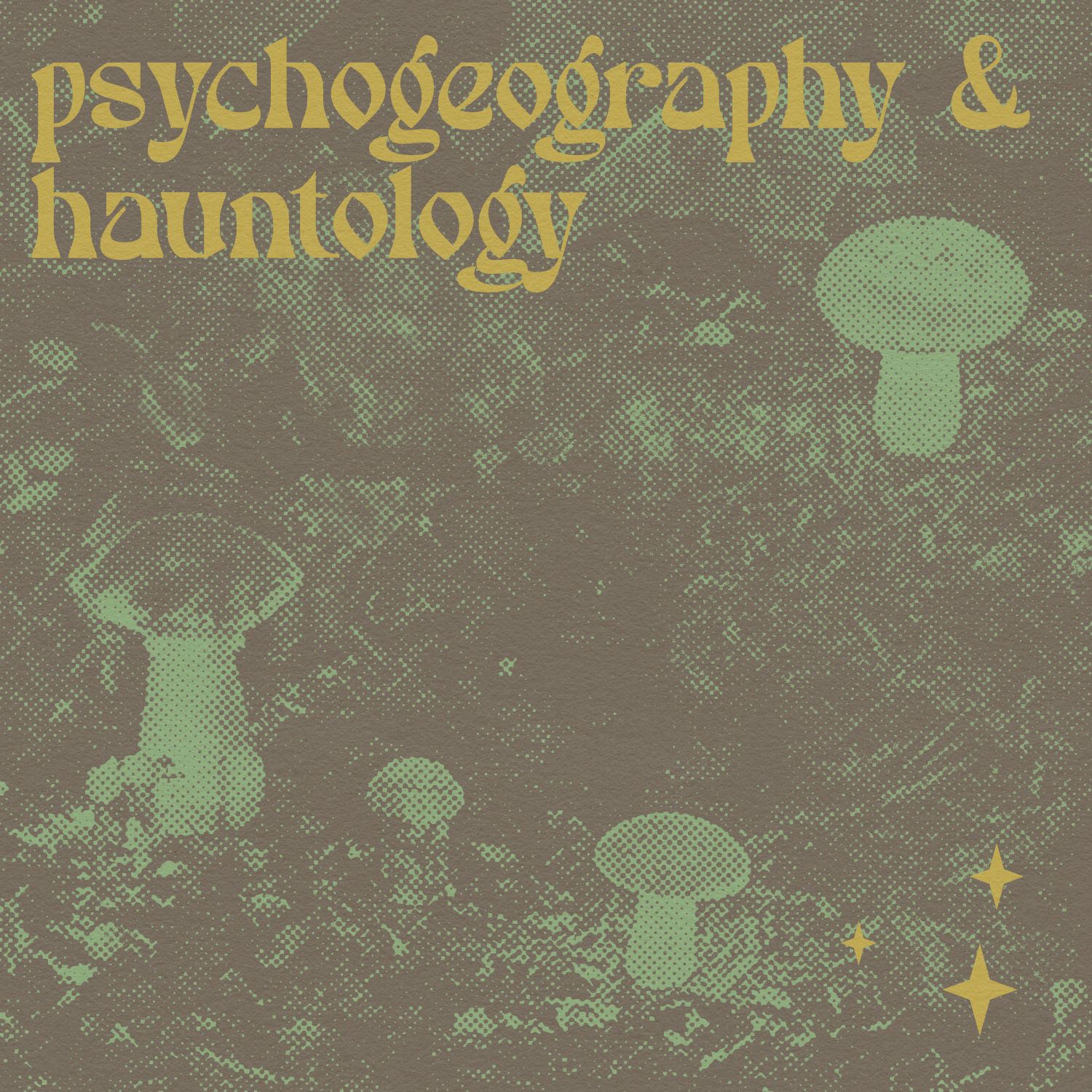I still don't quite understand hauntology or psychogeography
But I'm trying to

Because I've been on a general paranormal nostalgia kick, I'm trying to dig up other viewpoints on it, which has led me to something I've been casually interested in for the last few years: the critical nostalgia surrounding British folk horror, which I find both aesthetically and intellectually pleasing. (Check out Hellebore magazine and the Weird Walk zine for some examples.)
The conversation around British folk horror is also tied into hauntology and psychogeography, two concepts which I've been reading about for years and have talked about on the podcast some, but which I feel like I'm still trying to wrap my head around.
Back in 2021, I read two books by Merlin Coverly, Psychogeography (2006) and Hauntology: Ghosts of Futures Past (2020), which gave me a lot of interesting things to chew on. But I didn't feel like I came away with a great understanding of either concept. I think that's part of the nature of each of them: they're incredibly broad terms that have been applied to so many different things that their meanings have been obscured.
But my general understanding is that psychogeography is rooted in our sense of place and how we experience and connect to our environment.
Hauntology comes from Derrida's work (so you already know it's gonna be hard to understand), but it's sort of . . . the ghosts of society's past coming back to haunt us. Not literal ghosts, necessarily. But, for example, our nostalgia has a way of evoking old ideas and attitudes—and I think that's the sort of thing Derrida was talking about.
(Again, it's a concept that feels so vague and thinky that I have trouble even understanding the Wikipedia page. What the hell is "deferred non-origin" or "ontological disjunction"? I'm pretty sure my professors let me pass my college philosophy classes because I was trying hard, not because I understood the material, so I'm at a loss here.)
That being said, you can see why both hauntology and psychogeography are interesting to me from a paranormal perspective—even if hauntology is a philosophical concept, it suggests that feelings like nostalgia calling forth old, hidden, or dead thoughts and attitudes. And why not ghosts, too? As for psychogeography, it has a whiff of Stone Tape Theory and residual hauntings.
In Hauntology: Ghosts of Futures Past (2020), Merlin Coverly wrote:
Broadly defined as the belief that haunting is in some sense analogous to a recording, the idea of residual haunting suggests that the natural world is embedded with the mental impressions of emotional or traumatic events, some dating back millions of years. These can subsequently be replayed, our brains acting as receivers with which to decode such ghostly transmissions.
If Stone Tape Theory is about the spirits of the dead being recorded in the materials that make up a location, that feels closely linked to psychogeography, this idea of exploring specific places and examining the ways in which they're connected to our emotions and actions.
Anyway, I think I'm due for a reread of Psychogeography and Hauntology: Ghosts of Futures Past, especially because of both concepts' connections to the paranormal and nostalgia.
About the art forthis post: I took this photo in Queens, NY; they're glowing mushroom figurines in a front garden that Randonautica led me to.

